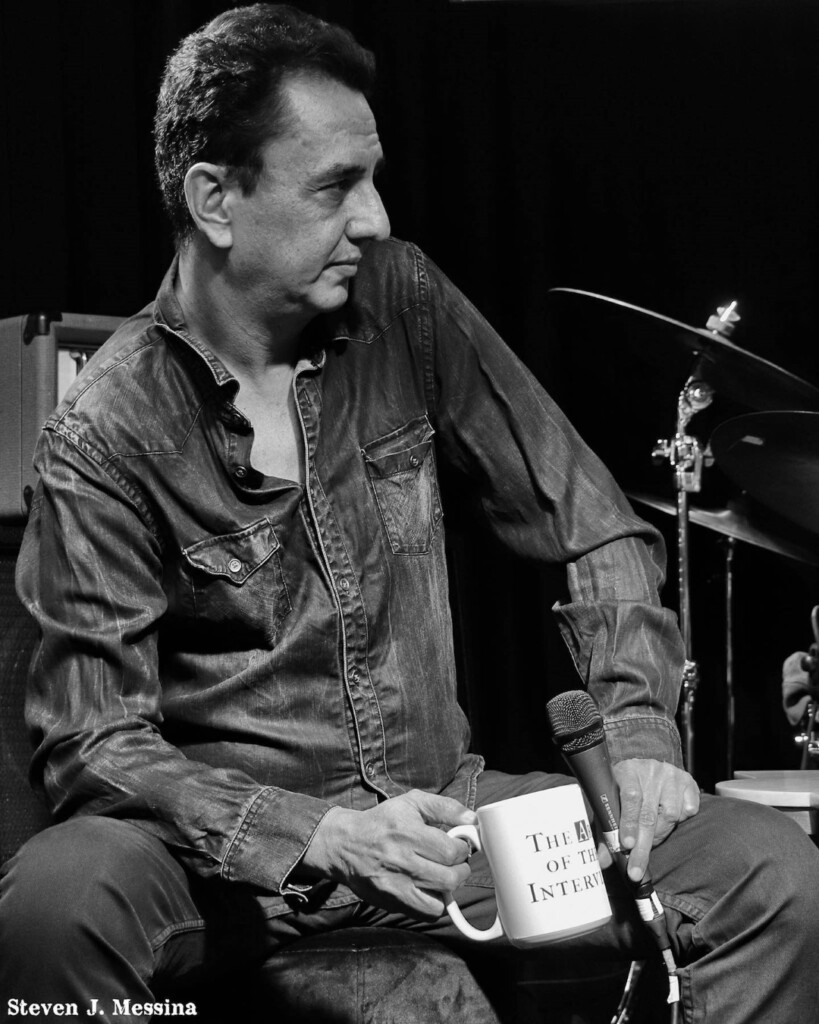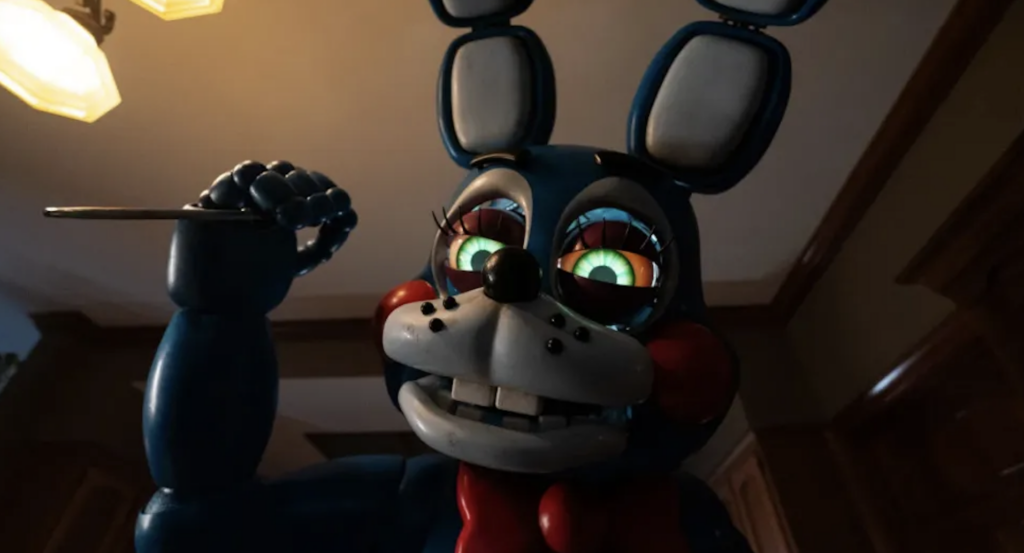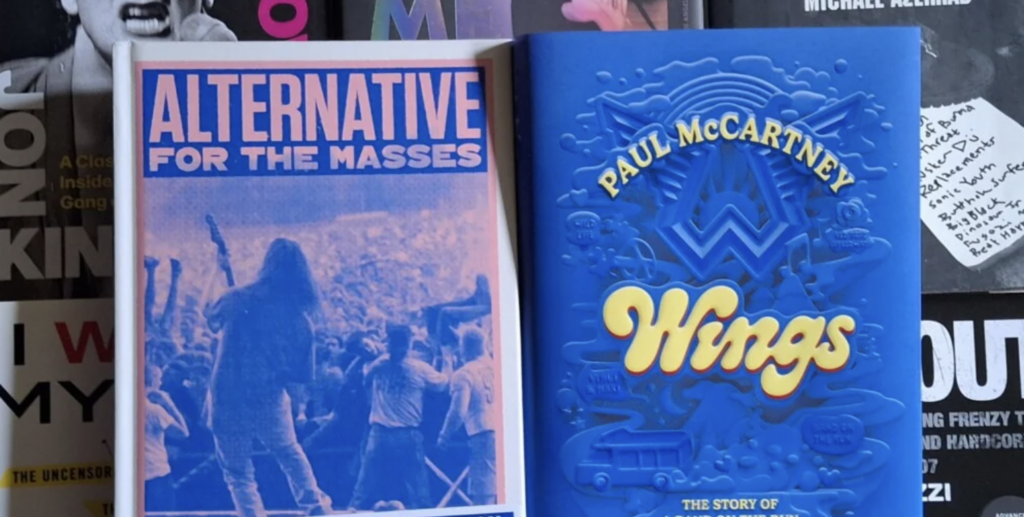Author Steven Blush can’t get enough American Hair Metal
Writer Steven Blush’s 2001 book, American Hardcore: A Tribal History, has seen two editions, translations into multiple languages worldwide, and led to a successful documentary of the same name in 2006. It’s one of the foundational texts of punk rock history. So, there was no small amount of surprise when Blush published American Hair Metal in 2006, in which the writer looked at what is basically the antithesis of punk’s aesthetic. The Aquanet, the spandex, the solos, and the sheer debauchery and decadence of the genre made it a world of its own.
The expanded second edition of the book, entitled American Hair Metal: Can’t Get Enough!, came out last week from Feral House, so we took the opportunity to speak with Steven Blush about the book and how it came to be.
 The Pitch: What led to wanting to do an entire book on hair metal?
The Pitch: What led to wanting to do an entire book on hair metal?
Steven Blush: Admittedly I am not the first writer you’d think about in terms of the definitive book on hair metal. My bestseller American Hardcore, which I turned into a cult film, was a blow-by-blow detailed history of the austere and severe hardcore punk scene that I grew up in. So a lot of my friends and fans are definitely asking the same question as you! The simplest answer is, it’s a great rock story and the music kicked ass!
Hair Metal now reads like rock’s dirty little secret. The music crashed from the soundtrack, to a generation, to extinction and irrelevance. Grunge came on the scene, and all the multi-platinum, big-haired, “ain’t nuthin’ but a good time” party bands evaporated into oblivion. And for the most part, that was not really fair. The bands were mostly excellent and their female fans were hot! So 30-plus years later, it’s time for a proper reappraisal and recontextualization—and that’s what I accomplished with American Hair Metal: Can’t Get Enough!
How much did magazines like Hit Parader influence the look of this book?
It was important that the book maintained look and feel of the era. And the cover does look a hell of a lot like one of those classic 80s metal magazines, like Circus, RIP, Kerrang, and Hit Parader. Those publications defined the culture, the image, and the attitude. I wrote for quite a few of them. The book is 100% authentic, from the classic interview quotes, to the lyrical phrasings, to the incredible full-color visuals of a daze gone by. Like those publications, American Hair Metal is eye candy with tantalizing morsels of behind-the-scenes information.
Can you estimate the number of magazines and press kits you dug through to find the images for American Hair Metal?
I’ve collected boxes and boxes of magazines, press kits, and memorabilia over the years. So for American Hair Metal, I dug through over 500 magazines, press kits, and memorabilia items. From the lenses of iconic photographers in the middle of the action, I considered over 1,500 images. And every picture tells a story, don’t it? My favorite memorabilia were the Bon Jovi and Winger ‘baseball cards,’ and the teen fan letters with primitive folk art of their favorite big-haired heroes. The book’s ‘less is more’ approach allows the images, quotes, and lyrics to drive the narrative.
Why include the interview with Rik Fox after choosing to not use other ones you’d conducted?
I’m into great musicians who fell through the cracks of history. My 2017 book Lost Rockers: Broken Dreams And Crashed Careers was a deep dive into almost-famous rockers, who worked with huge stars but never made it, like original Journey singer Robert Fleischman, Led Zeppelin “Dazed And Confused” songwriter Jake Holmes, and soul singer Gloria Jones, who wrote and first sang “Tainted Love,” then married Marc Bolan of T Rex.
Rik Fox, who’s in Lost Rockers, is that great missing link in the rise of ’80s heavy metal and hair metal. In LA, he co-founded and named Blackie Lawless’ band WASP, played with Yngwie Malmsteen and Ron Keel in the famed Sunset Strip band Steeler, worked with Ronnie James Dio, and before that in New York, played with and photographed all the glitter rockers like the New York Dolls at the Warhol-associated Max’s Kansas City. To me, Rik defines American Hair Metal.
The reason that new interviews with major hair metal stars failed to make the cut was because none of these guys were honest and righteous about those days. In contrast, in American Hardcore, everyone poured out their hearts. I won’t name names, but this book started with four interviews that were among the weakest I’d ever done. Mostly, they were worried about their coke-fueled cock-rockin’ glory days reflecting poorly on their wife and kids, and their most recent drug sobriety. I kind of get it, but you can’t run away from what you are. Then again, hair metal might be the only genre where its stars were so embarrassed, they ran away from all they’d achieved.
All your books walk a fine line between homage and quietly acknowledging the absurdity of some aspects of the music on which you’re writing. How do you find that delicate balance?
Would it help to mention that Spinal Tap is my favorite film? One reason rock music is so great is because it borders on the absurd. Most early ’80s metal stars hated Spinal Tap because they all thought it was about them! We’re not dealing with brain surgeons here. But when they come together in the studio, magic happens. There is a delicate balance talking about this issue, and you get around it by celebrating and not editorializing—and letting these delectable Aqua-Net boys take you down memory lane.
American Hair Metal: Can’t Get Enough! is out now from Feral House.





